Rethinking Success: A Guide to Business Model Innovation
Inspired by HBR’s “10 Must Reads on Business Model Innovation”
Note: This article is a curated summary and reflection based on insights from the book “HBR’s 10 Must Reads on Business Model Innovation” (Harvard Business Review Press). All ideas and frameworks are credited to the original authors and editors of HBR. This post is intended for educational and commentary purposes.
As someone deeply interested in how businesses adapt, compete, and scale, I found the Harvard Business Review’s compilation on business model innovation both practical and thought-provoking. It offers not just theory, but tested strategies on how organizations—from startups to global firms—can rethink how they deliver value in changing markets.
What Makes a Business Model Work?
A great business model doesn’t start with a product—it starts with clarity. At its core, a solid model aligns:
-
Customer Value Proposition (CVP): What essential need are you fulfilling?
-
Profit Formula: How do you sustainably earn money (pricing, volume, cost, margin)?
-
Key Resources: The people, tools, data, and channels needed to deliver.
-
Key Processes: The systems that make success repeatable and scalable.
Innovation in Action: Examples That Shifted Industries
The book offers a wide array of innovative models that reshaped industries:
-
Freemium (e.g., Dropbox): Offer basic services free, charge for advanced features.
-
Razor-and-Blade (e.g., printers/ink): Sell the product cheap, monetize the consumables.
-
Digital Platforms (e.g., Airbnb): Connect producers and consumers through technology.
-
Reverse Razor-and-Blade (e.g., iTunes/iPod): Make content cheap to sell hardware.
-
Subscription Clubs (e.g., Netflix): Predictable, recurring revenue through access.
These aren’t gimmicks—they’re strategic operating models tailored to user behavior, cost control, and scale.
Linking Technology with Market Needs
Successful models often sit at the intersection of tech trends and unmet demand. Characteristics of winners include:
-
Usage-based pricing
-
Personalized offerings
-
Asset sharing (e.g., Zipcar)
-
Closed-loop systems (e.g., sustainable fashion)
-
Ecosystem collaboration (e.g., Android)
-
Operational agility (fast pivots, short cycles)
Notably, companies that checked at least three of these features—like Uber and Amazon—tended to reshape entire sectors.
Lean and Agile: How Startups Innovate Differently
One of the standout lessons was how lean startups differ from traditional businesses:
-
They don’t start with a full plan—they start with hypotheses.
-
They build minimum viable products (MVPs) and test rapidly.
-
Customer feedback drives quick pivots.
-
They prioritize speed and learning over perfection and legacy processes.
This mindset—experimentation over execution—is central to innovation.
Platforms and Ecosystems: Think Bigger
Modern businesses don’t always build products—they build platforms. A platform (like Android) has:
-
Producers (app developers)
-
Consumers (users)
-
Providers (devices)
-
Owners (Google)
Understanding these roles and how they exchange value is crucial for anyone building in a connected economy.
Final Thought: Innovation Is Not Optional
Whether you’re in retail, healthcare, finance, or tech, the call to rethink how your business works is louder than ever. Business Model Innovation isn’t just for new ventures—it’s how legacy firms reinvent themselves and how emerging startups disrupt.
